May 31, 2025 | 13:21 GMT +7
May 31, 2025 | 13:21 GMT +7
Hotline: 0913.378.918
May 31, 2025 | 13:21 GMT +7
Hotline: 0913.378.918
Quang Tri sets a target to become the timber material center of the Central region shortly. The newly planted forest serves as the final destination, and not only the volume but also the gradually elevated quality and value of the newly planted forest would help Quang Tri complete the proposed target. As a result, launching a community agricultural extension group would help Quang Tri complete the proposed target.
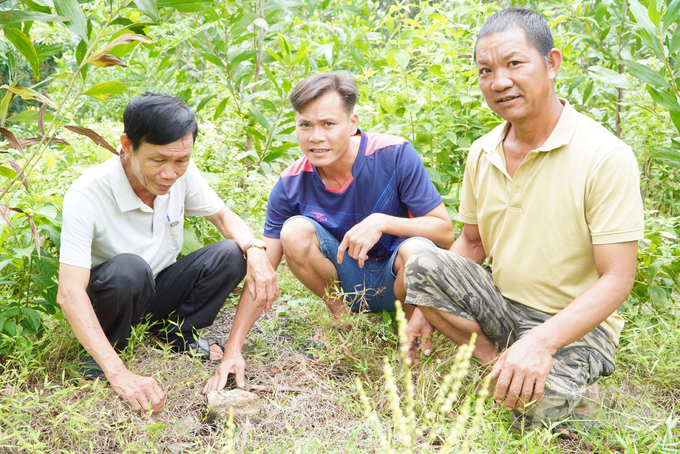
Cam Nghia commune's agricultural extension team imparts sustainable forestry knowledge to farmers. Photo: Vo Dung.
For a long time, the people of Cam Nghia commune (Cam Lo district) engaged in small timber afforestation, selling wood shavings for rapid capital turnover, resulting in low profits and adverse environmental effects. However, the situation has significantly improved over the past decade, with the continuous expansion of large timber and FSC forests in Cam Nghia and Quang Tri province.
Mr. Tran Can, Director of Quang Tri Province Agricultural Extension Center, shared that the role of community agricultural extension groups, including Cam Nghia commune's community agricultural extension group, in changing farmers' mindsets is undeniable despite their recent two-year launch. This underscores the power of collective action in shaping the future of forestry practices.
Le Hai Binh, owner of 5ha of forest in Hoan Cat village, Cam Nghia commune, calculated he would garner around 100 tons/ha of small timber after five years of small timber afforestation, selling for 100 million VND and earn a profit of 60 million VND after deducting all costs. However, the wood output would double with sparser density afforestation (input cost reduced by half compared to small timber afforestation) and extending the period by half. Extensive timber afforestation and FSC forest planting would bring people a 30–40% increase in forest value. After joining training classes and seeking consultation from Cam Nghia Community Agricultural Group, Binh shifted the total forest area to FSC's extensive timber afforestation. Instead of burning vegetation after exploiting it, Binh plows the soil, digs holes, fertilizes, plants trees, and trims the branches soon for rapid development and higher yields.

Growing medicinal herbs under the forest canopy solves the income problem for forest growers. Photo: Vo Dung.
Le Phuc Nhat, director of Keo Son Sustainable Forestry Cooperative and member of the Community Agricultural Extension Group of Cam Nghia commune, sought an explanation. Nhat selected Helicteres hirsuta and other herbal plants demanding low light to plant under a forest canopy.
Le Phuc Nhat led us to visit the one-year-old acacia forest plot of Mr. Le Hai Binh in Hoan Cat village. This is Mr. Bình's first cycle of planting extensive timber forests, FSC forests, using tissue-cultured seedlings from the Sustainable Forestry Cooperative Keo Son nursery.
Previously, after harvesting, Mr. Binh used to burn the undergrowth. The forests in Cam Nghĩa turned into columns of smoke spreading everywhere. Planting forests this way, the acacia trees proliferated but stagnated around the second year.
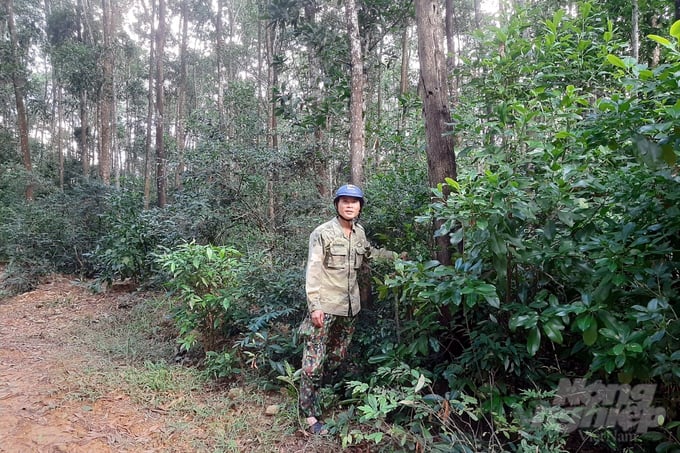
Footprints of community extension worker Le Phuc Nhat are found throughout the forests in Cam Nghia commune. Photo: Vo Dung.
Recently, many households have used tissue-cultured seedlings with clear origins instead of buying floating seedlings. All the undergrowth in the forest has also been retained. The trees are taller than a person's head in less than a year.
Beneath the lush green grass under Mr. Binh's feet, a layer of undergrowth and branches has gradually decayed, decomposing into valuable organic matter for the plants. According to Mr. Binh, this will create conditions for beneficial microorganisms to thrive, helping the soil become more porous and reducing soil erosion.
"Previously, it was believed that burning all the undergrowth would provide ash for the plants. However, as the Community agricultural extension group advised, burning the undergrowth is destroying the environment and killing beneficial microorganisms in the soil," Mr. Binh shared.
According to Le Phuc Nhat, it may not be entirely correct to say that the Community agricultural extension group has completely changed people's mindsets. However, propaganda activities have occurred more frequently since the group was established. The Community agricultural extension members talked and guided, directly implementing family forest garden models. This has helped people trust and follow.
Pausing for a moment, Mr. Nhat shared that if the activities of the Community Agricultural Extension Group were separated from other activities, there would be countless difficulties. The workforce is multitasked, and the working headquarters and facilities must be more present... Therefore, activities must be integrated for the Community agricultural extension group to operate better.
To meet the people's needs, in the past two years, the Sustainable Forestry Cooperative Keo Sơn has built a semi-automated forestry nursery equipped with potting machines, substrate mixing machines, biodegradable pots, and foam trays for filling potting mix. Each year, the Sustainable Forestry Cooperative Keo Son provides nearly 1.5 million seedlings with high-quality tissue-cultured seedlings, cuttings, and the most advanced hybrid acacia varieties today.

Large timber forests and FSC forests will change the lives of forest growers. Photo: Vo Dung.
The Sustainable Forestry Cooperative Keo Son and the Community agricultural extension group in Cam Nghia commune have coordinated with units to organize many forestry technical training sessions, support seedlings for people, manage sustainable forests and forest certifications, and support members in linking according to policies encouraging cooperation and linking production with product consumption.
The Sustainable Forestry Cooperative Keo Son and the Community agricultural extension group in Cam Nghia commune have created jobs for 200 households and about 500 workers by planting, caring for, and exploiting planted forests in the raw material area managed by the cooperative and linked members.
"Quang Tri has established two pilot Community agricultural extension groups, 8 expanded Community agricultural extension groups under the raw material area project, and 101 Community agricultural extension groups at the commune level outside the project. The Community Agricultural Extension group has successfully acted as a bridge between the four parties, becoming a system that advises, disseminates knowledge, provides information, transfers scientific and technical advances, and business production experiences to farmers," said Mr. Tran Can, Director of Quang Tri Agricultural Extension Center.
Translated by Linh Linh
/2025/05/29/5625-12-214801_567.jpg)
(VAN) Provincial mergers in the Mekong Delta promise to streamline administration, expand inter-provincial raw material areas, and foster close linkages in agricultural value chains, benefiting both businesses and cooperatives.
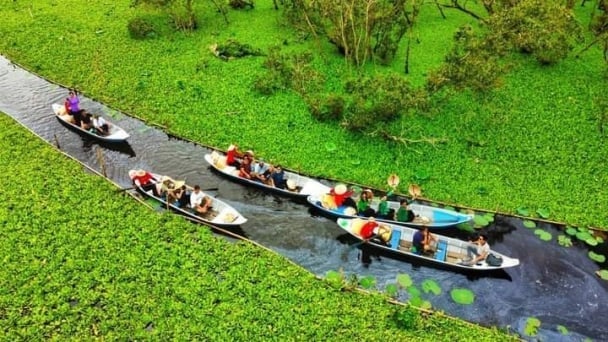
(VAN) Merging Mekong Delta provinces contributes to the expansion of agricultural raw material areas, addressing previous constraints caused by provincial boundaries. Additionally, this expansion will reduce costs and strengthen linkages between businesses, cooperatives, and farmers.
/2025/05/29/1043-2-153730_145.jpg)
(VAN) The Government's policy to merge provincial-level administrative units opens up major opportunities for the Mekong Delta region to reshape its agricultural development strategy toward large-scale production, effective regional linkages, and sustainability.
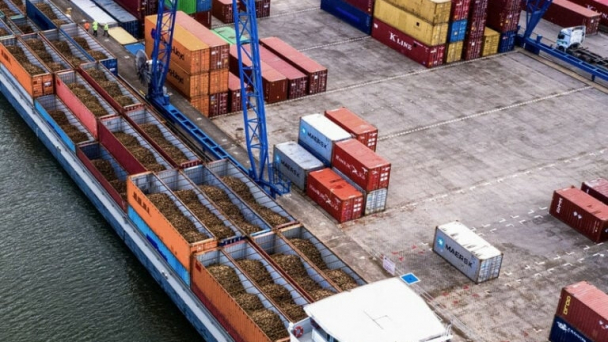
(VAN) The mutual export of agrifood products between the European Union (EU) and the United Kingdom (UK) must occur again without certification, border controls or other red tape. This was agreed at the UK-EU summit.
/2025/05/22/5121-2-173645_677.jpg)
(VAN) NBSAP Tracker identifies strengths and areas for improvement in the National Biodiversity Strategy, based on each region’s priorities and capacities.
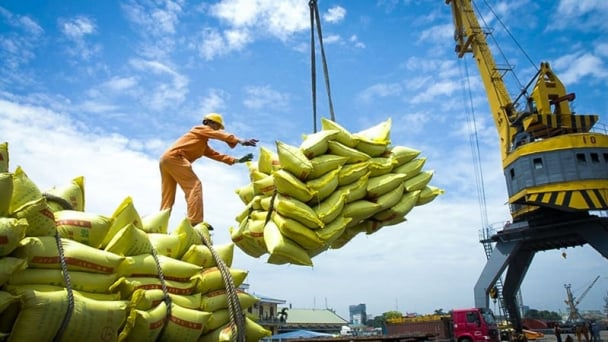
(VAN) The draft amendment to the Circular on rice export trading stipulates a periodic reporting regime for rice exporting enterprises.
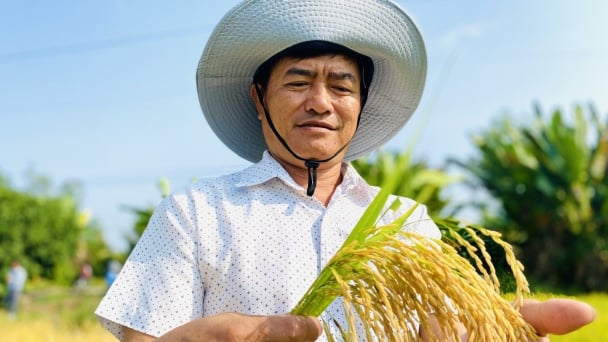
(VAN) Dong Thap farmers attained an average profit margin of 64% during the summer-autumn 2024 crop (first season), while An Giang and Kien Giang farmers followed with 56% and 54%, respectively.